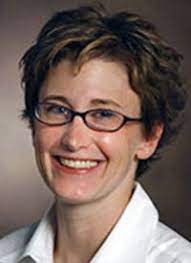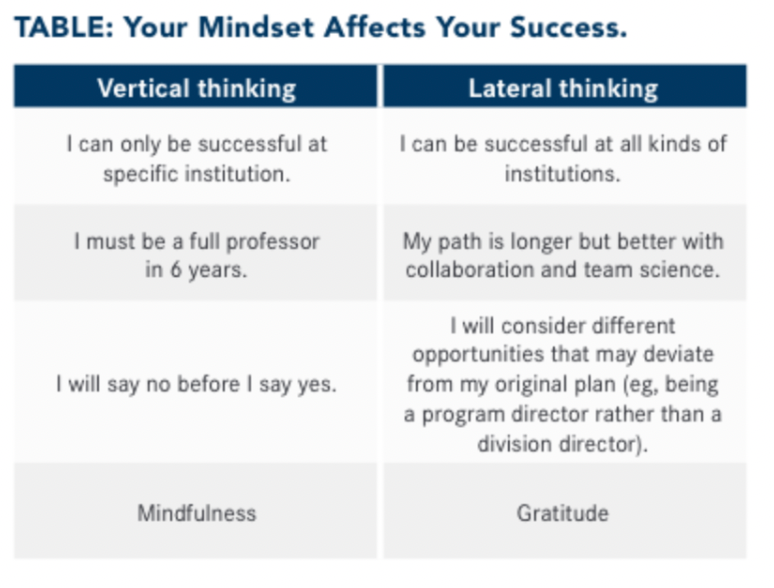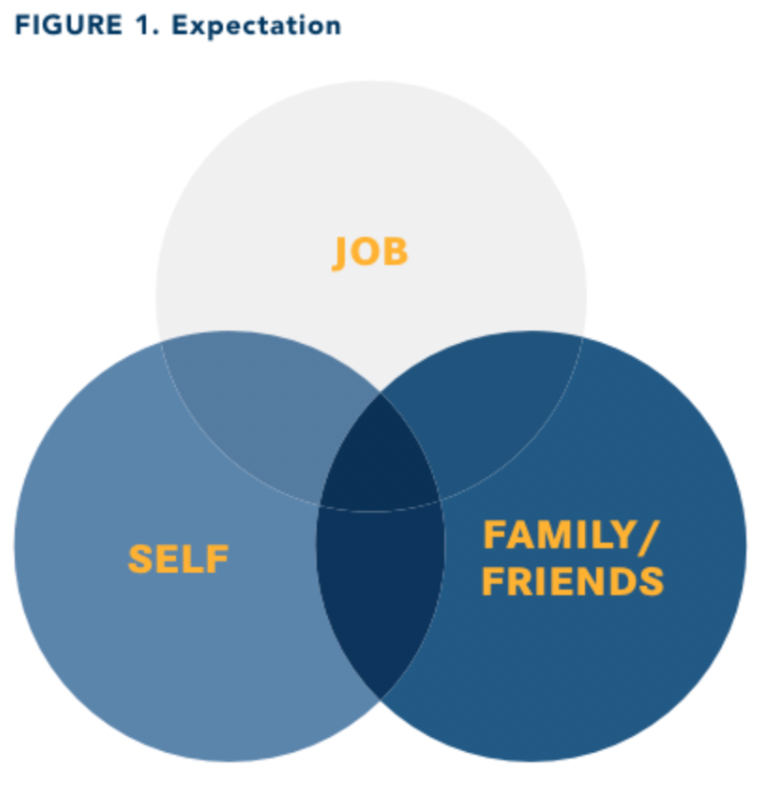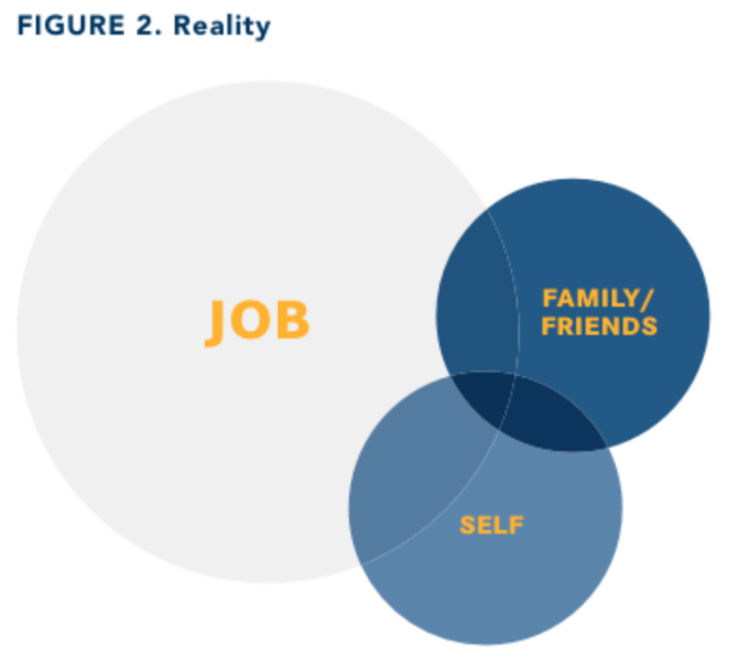Publication
Article
Oncology Fellows
Success Beyond Science: Becoming a Hematologist/Oncologist
Author(s):
The ability to reflect and boldly choose a professional identity should be discussed, encouraged, and nurtured in every individual.
Jill Gilbert, MD

Previously, I wrote about cultural sensitivity, things that can help support sustainability in your career, and the ability to identify your tribe (mentor, coach, and sponsor). Now, I want to focus on a different area: choosing your name.
As a trainee, you are on a path to become a full-fledged hematologist-oncologist (or variant thereof). Your chosen job settings will differ, but the bottom line remains that these choices will ultimately be determined by your personal vision of success, and that can only be defined by you. Yes, there are metrics that you must achieve set by outside forces (hospitals, patients, etc), but the most important metrics are the ones that you set for yourself, such as those that take into account your professional vision and how this intersects with your vision of personal and professional balance. My goal is to provide some insight into the “secret sauce” of what I have learned and observed in over 20 years of practice. These items can have a tremendous impact on your sustainability and your satisfaction in a given job or career.
TABLE: Your Mindset Affects Your Success.

Choosing Your Name
As a fellow, you are called a “trainee.” This name comes with a set of rules, guidelines, and expectations. Your program director answers to multiple entities to ensure that you are well educated and that the program remains certified and sustain-able. However, in labeling someone a “trainee,” there is a risk of saying that everyone’s needs can be lumped into competency-based categorizations. Is this true? My opinion is a resounding no. Although the Accreditation Council for Graduate Medical Education–sanctioned connotation of “trainee” affords an element of standardization across programs, if taken too literally, this title can stifle the professional maturation process that includes the ability to really figure out who you want to be.
During interviews, fellowship committees often hear that a candidate wants to do “translational research” or “remain in academic medicine” after fellowship. In many cases, these are the words a candidate thinks the committee wants to hear and can end up with the candidate characterized as an academic researcher when their passion is clinical care.
The ability to reflect and boldly choose a professional identity should be discussed, encouraged, and nurtured in every individual. Ultimately, the heavy lifting of this task remains with the fellow, but at the end of the day, I want to encourage you to go beyond the confines of a label—be it “trainee,” “doctor,” or “oncologist.” Be bold and choose whatever name suits you.
I can give a personal example. My labels over time have been about my accomplishments: valedictorian, chief resident, Johns Hopkins fellow, clinical investigator, professor of medicine, and more.
I thought that these were the important labels—the labels that mattered.
As I progressed through my career, I came to realize that those labels were creating an internal and external expectation of who and what I should be. These labels didn’t reflect who I really wanted to be in terms of my career trajectory and my passions. I found that as I veered off the expected path, there was some internal dissonance. Ideally, my life would fall in the middle of a Venn diagram (FIGURE 1).
FIGURE 1. Expectation

But in reality, it looked more like this (FIGURE 2):
FIGURE 2. Reality

When I was trying to chase a label, I forgot to balance myself. I needed to name who I wanted to be and not who people expected me to be. The sweet spot is when you are excited to go to work every day. I ventured off the clinical investigator path and moved more into the medical education and administrative realm.
Ultimately, fulfillment and success can be inversely correlated if you use someone else’s definition of success instead of your own. If you have success and fulfillment together, you have hit the sweet spot. If you have success without fulfillment, you run the risk of burnout. As a consequence, your sustainability in a career path may be quite low. Thus, I encourage you to reject rigidity and boldly define your path. I suggest starting at the end point and then plotting backward with how to achieve this.
In my last article about secrets of success, I discussed the role of the mentor, the sponsor, and the coach. This is your tribe, and each of them can help you define this path. Often in medicine, as in life, I felt as if I was in a strong current that was pushing me toward a particular end point. But even the Mississippi River has multiple tributaries, and all of them provide sustenance to the land they serve. Once I embraced the actual fun of the exploration, I let go of the bank of the Mississippi River and enjoyed the rafting ride down my tributaries.
The lesson here is that even deviations can have a purpose and a meaning and may enrich your life. Vertical thinking will get you from here to there and may be viewed as “focus.” But it is important to stop, reflect, and constantly check your own temperature concerning your happiness with the course you find yourself navigating.










